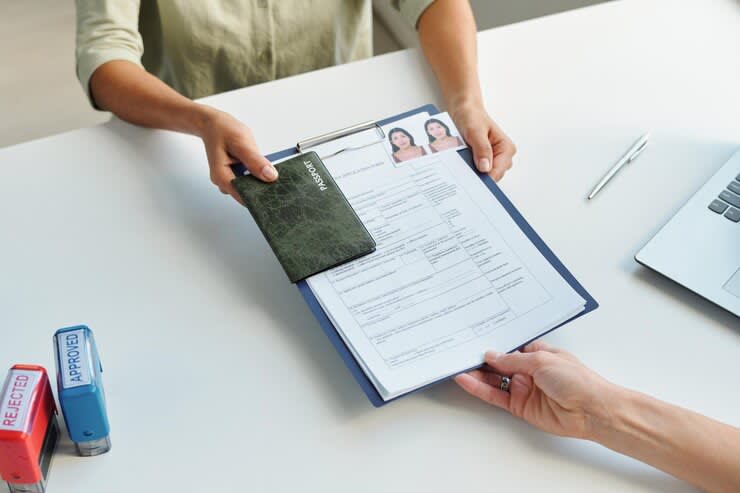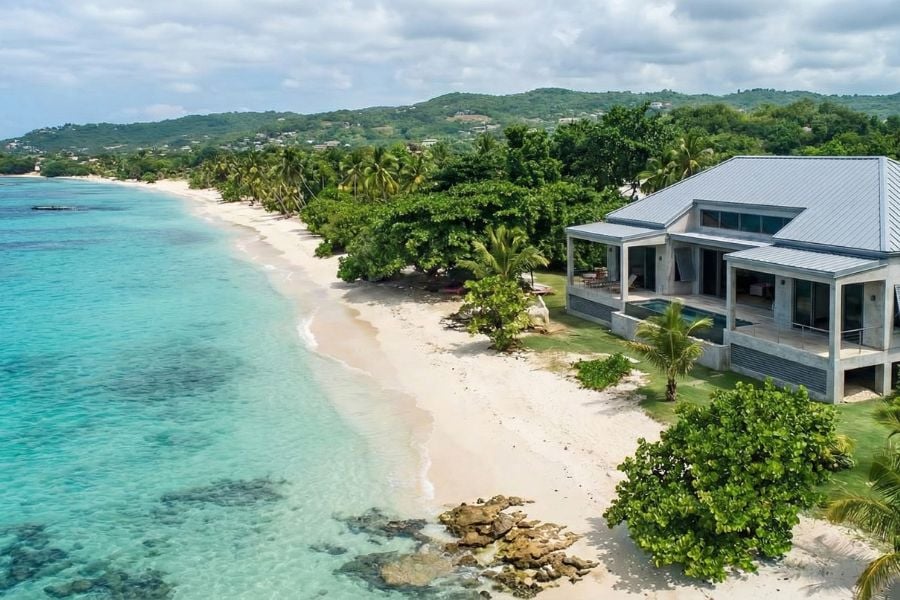Key Takeaways
-
U.S. citizens enjoy a simpler path to Puerto Rican residency by demonstrating long-term living intent.
-
Non-citizens face a complex immigration route requiring visas and possibly a work permit or Green Card.
-
Bona fide Puerto Rico residency is confirmed through presence, tax home, and closer connection tests, underlining a profound island commitment.
- Investing in luxury real estate greatly supports residency requirements, showing a tangible commitment to living in Puerto Rico.
- Understanding how to establish residency in Puerto Rico and the associated tax advantages can benefit prospective residents.
Eligibility for Permanent Residency
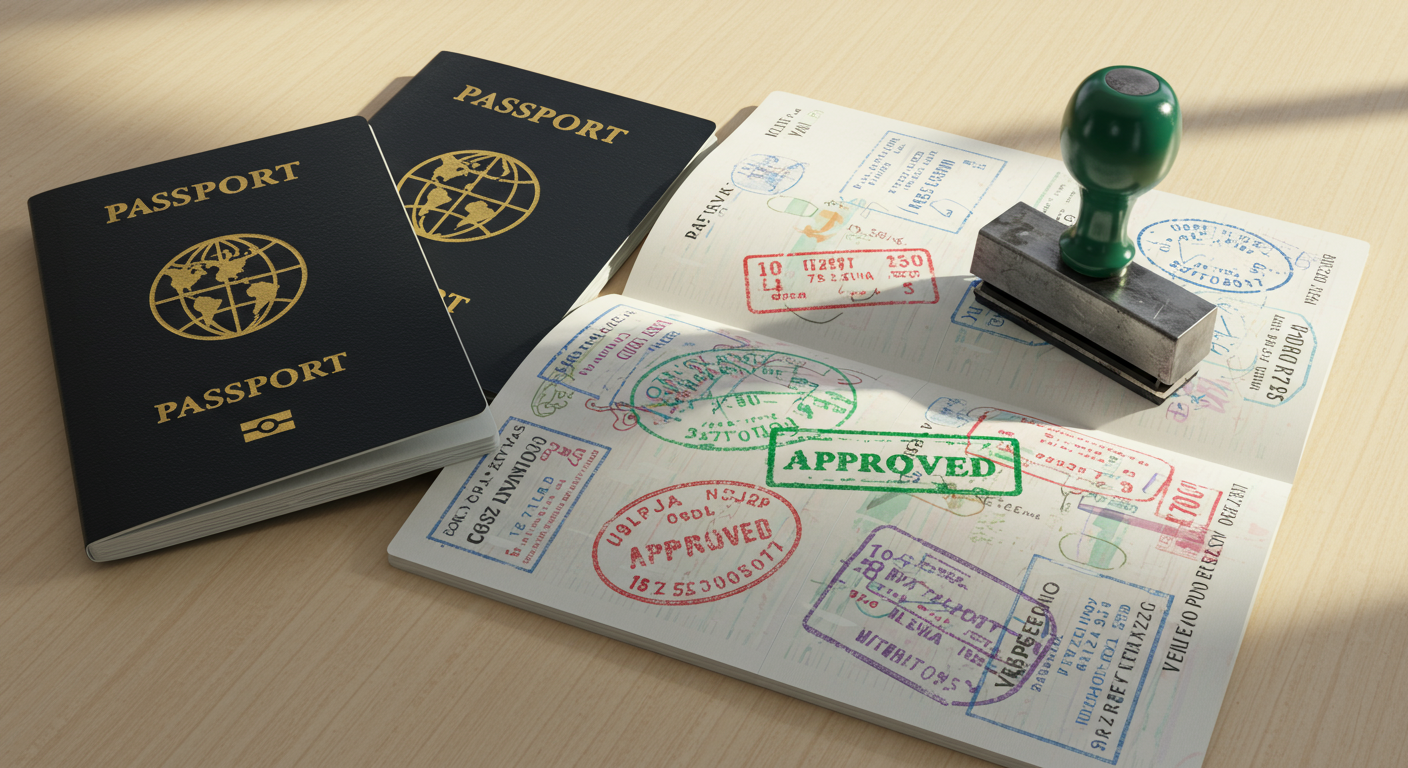
For U.S. Citizens
Steps and Requirements
- Voter registration
- Driver's license and vehicle registration
-
Federal and income tax returns indicating Puerto Rico as your primary place of residence
For Non-U.S. Citizens
Steps and Requirements
The following are the visas applicable in Puerto Rico, along with their respective purposes and requirements:
| Visa Type | Description | Purpose of Stay | Requirements |
|---|---|---|---|
| B-2 Visa | Tourist visa for leisure travel to the U.S. and its territories. | Leisure/Tourism | Valid passport, proof of funds, return ticket, no prior immigration violations. |
| J-1 Visa | Exchange visitor visa for individuals participating in approved exchange programs. | Education/Training | Program sponsor, DS-2019 form, proof of funds, valid passport. |
| F-1 Visa | Student visa for academic studies in the U.S. | Education | Acceptance to a U.S. school, proof of funds, valid passport. |
| H-1B Visa | Work visa for individuals in specialty occupations requiring a bachelor's degree or equivalent. | Employment | Job offer from a U.S. employer, Labor Condition Application (LCA), valid passport. |
| L-1 Visa | Intra-company transferee visa for managers and executives. | Employment | Employment with a qualifying company, valid passport, L-1 petition approval. |
| E-2 Visa | Investor visa for individuals investing significant capital in a U.S. business. | Investment | Investment in a U.S. business, substantial investment amount, business plan. |
| O-1 Visa | Visa for individuals with extraordinary ability in their field, such as arts, sciences, business, or athletics. | Employment | Evidence of extraordinary ability, job offer or sponsorship, valid passport. |
| EB-5 Visa | Investor visa for individuals who invest at least $1 million (or $500,000 in targeted employment areas) in a new commercial enterprise. | Investment | Evidence of investment funds, business plan, proof of creating jobs for U.S. workers. |
- Family sponsorship: Being sponsored by a family member who is a U.S. citizen or Green Card holder.
- Employment: Obtaining sponsorship through an employer based in Puerto Rico.
- Investment: Investing in a Puerto Rican business under the EB-5 visa program.
3. Required Documentation: The documentation required will vary based on your eligibility category but generally includes the following supporting documents:
- Proof of visa status or entry into the U.S.
- Application for Permanent Residence or Adjust Status (Form I-485)
- Biographic information (Form G-325A)
- Two passport-style photos
- Birth certificate
-
University of Puerto Rico admission letter (if applicable for student visas)
-
Work permit documentation
- Passport page with nonimmigrant visa
- Passport page with admission (entry) or parole stamp (if applicable)
- Proof of sponsor's ability to support you above the poverty line (Form I-864, Affidavit of Support)
- Results of a medical examination
- Any applicable fees
- Completed DS-160 form (for non-immigrant visa applications)
The Path to Bona Fide Residency

The Three Key Tests
1. Presence Test
- Keep a Detailed Log: Maintain a calendar or diary that records your travel dates and durations. This log can serve as evidence of your physical presence in Puerto Rico.
- Understand the Counting Method: The 183 days include partial days, days you arrive and depart. Be meticulous in your count to ensure you meet the requirements.
- Plan for Flexibility: Life events and emergencies happen. Aim to spend over 183 days in Puerto Rico to buffer against unexpected travel needs that might take you off the island.
2. Tax Home Test
- Establish Employment or Business in Puerto Rico: If you're employed, work with a Puerto Rican company or ensure your employer recognizes Puerto Rico as your primary place of work. For business owners, incorporate or register your business in Puerto Rico.
- Update Official Documents: Change the address on official documents, including employment records, business registrations, and banking information, to reflect your Puerto Rican address.
- Engage in Local Economic Activities: Participate in the Puerto Rican economy as much as possible by using local banks and investing in local businesses or real estate.
3. Closer Connection Test
- Establish a Primary Residence: Purchase or lease a home in Puerto Rico and make it your primary living place. Decorate and furnish it to reflect long-term habitation.
- Move Your Family: Have your immediate family reside with you in Puerto Rico, demonstrating your commitment to the island as your home.
- Transfer Significant Belongings: Move personal belongings to Puerto Rico, especially those of sentimental value. This includes items like family heirlooms, collections, and the bulk of your wardrobe.
- Engage Socially and Civically: Join local clubs, and volunteer organizations, and actively participate in your local community. Register to vote in Puerto Rico and exercise this civic duty.
Want a more authentic Puerto Rican experience? Click here to stay with a local host. Immersing yourself in everyday local life helps build genuine connections that support your residency claims.
Buying Luxury Real Estate as a Path to Residency

Proof of Residence
Documents
- Property Deed: A legal document evidencing real estate ownership in Puerto Rico, proving a substantial commitment to the community.
- Utility Bills: Bills for services like electricity, water, internet, and telephone, proving continuous residence and daily engagement. Examples: Bills in your name for the aforementioned services.
- Tax Documents: Local income tax returns and property tax receipts indicating financial integration and resident status. Examples: Income tax returns and property tax receipts.
- Identification Documents: Documents updated to reflect your Puerto Rican address, marking intent to establish life on the island. Example: Driver’s license, voter registration with a Puerto Rican address.
- Bank Statements: Statements from local bank accounts demonstrate economic activity and commitment to the financial system. Examples include statements from banks operating in Puerto Rico.
- Insurance Policies: Policies linked to your Puerto Rican residence highlight the protection of your life and investments. Examples: Homeowner's insurance and personal insurance policies.
- Correspondence with Government Agencies: Official communications from local government bodies, serving as practical proof of residency. Examples: Letters or notices from Puerto Rican government agencies.
- Social Integration Evidence: Evidence of active engagement and contributions to the community through various participations. Examples: Membership cards, community service records, and letters from local organizations.
Establishing a Primary Residence
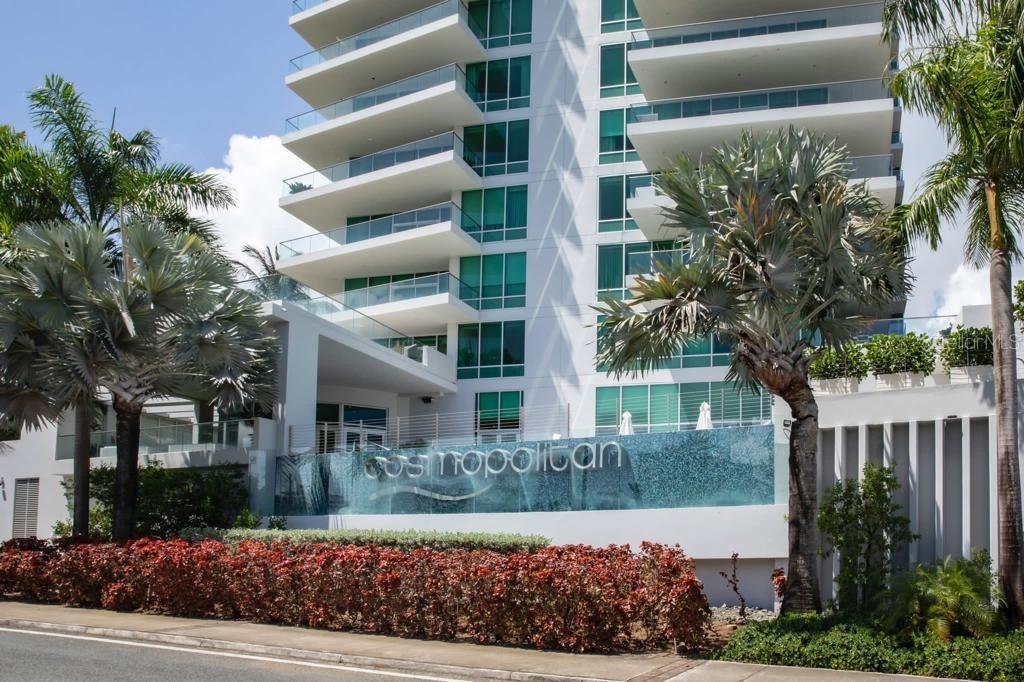
555 C. MONSERRATE #5, SAN JUAN PR, 00907
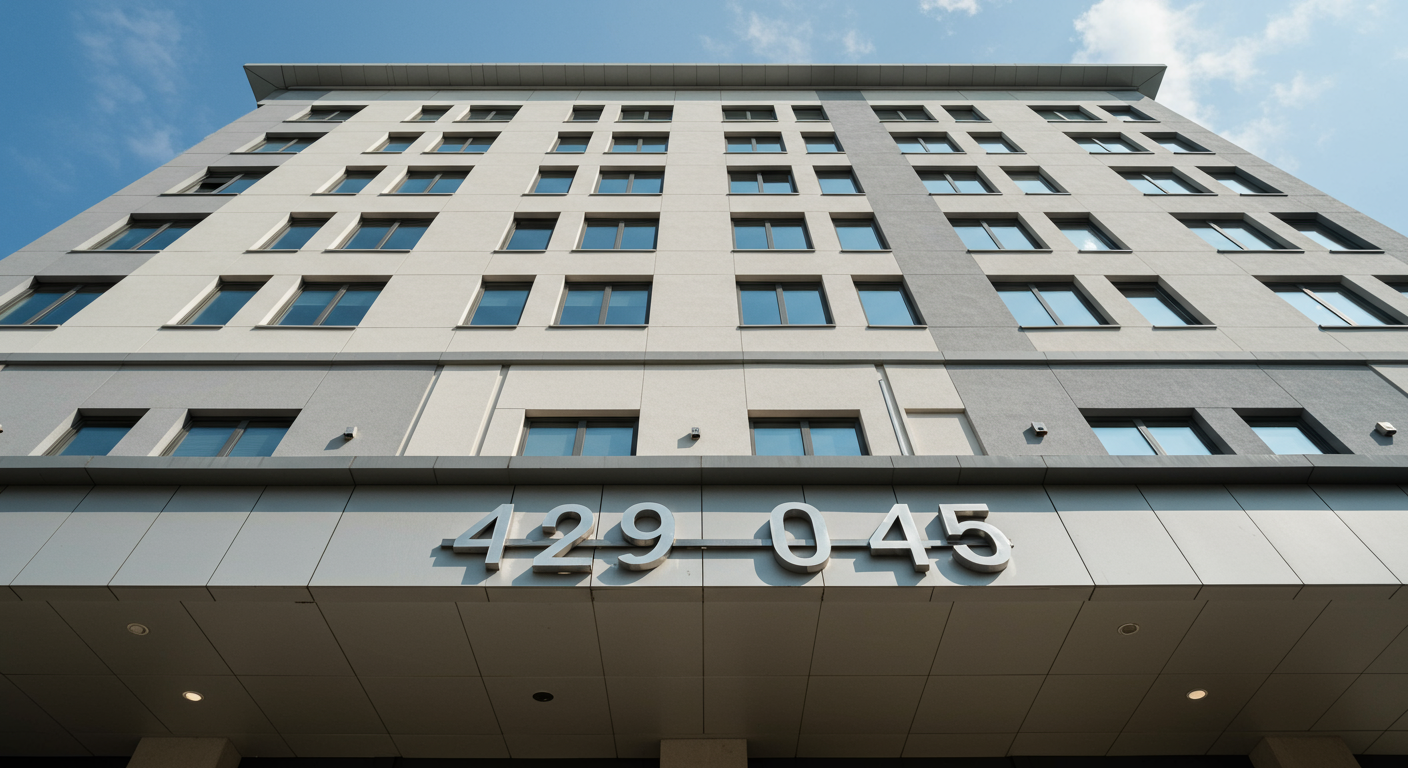
1102 MAGDALENA AVENUE #6B SAN JUAN, PR 00907

323 DORADO BEACH EAST DORADO PR, 00646
Conclusion
Related Articles:
FAQs
What is the process for bringing family members to Puerto Rico if I become a permanent resident?
How does becoming a permanent resident of Puerto Rico affect my voting rights?
What are the key differences between establishing residency in Puerto Rico and the Virgin Islands for non-U.S. citizens?
Establishing residency in Puerto Rico and the Virgin Islands involves different immigration rules and processes. In Puerto Rico, non-U.S. citizens must follow U.S. federal immigration laws, including obtaining an immigrant visa and, if applicable, an employment authorization document in line with Puerto Rico immigration requirements. The visa application process is guided by the same U.S. immigration policies that apply to the mainland United States, including the Puerto Rico visa application and visa requirements for Puerto Rico.
Both regions require a valid passport and compliance with U.S. federal laws, but the cultural and administrative nuances can affect the ease and speed of establishing residency. With its vibrant urban centers like Condado and Old San Juan, Puerto Rico offers a more urbanized environment. At the same time, the British Virgin Islands and the U.S. Virgin Islands are known for their smaller, more relaxed island communities.
The two locations offer stunning views of the Caribbean Sea and opportunities for island living, but choosing between them will depend on personal preferences for community size, amenities, and lifestyle. Understanding the specific visa waiver program options and Transportation Security Administration requirements for travel to and from these regions is also crucial for non-U.S. citizens planning to move.
How does the Real ID Act impact travel and residency documentation requirements in Puerto Rico compared to other U.S. territories, such as the Northern Mariana Islands?
The Real ID Act sets standards for state-issued identification documents, including those in U.S. territories such as Puerto Rico and the Northern Mariana Islands. For non-U.S. citizens, obtaining a Real ID Act compliant driver's license or identification card in Puerto Rico is essential for accessing federal facilities, boarding domestic flights, and proving residency status. This is in addition to carrying a valid passport to travel, as per entry requirements and potential travel restrictions. All identification documents may be inspected by the U.S. authorities at points of entry, ensuring uniformity in identification verification processes across all U.S. territories.
How does becoming a resident in Puerto Rico part affect my tax obligations compared to living in the mainland United States?
Becoming a resident of Puerto Rico can significantly impact your tax obligations. As a Puerto Rico part resident, you may benefit from lower local taxes and potential tax incentives unavailable in the mainland United States. Puerto Rico offers unique tax advantages for residents, particularly under Act 60, which includes exemptions on certain types of income.
However, to qualify for these benefits, you must meet specific residency requirements, such as the bona fide residency tests, which include spending at least 183 days on the island and establishing your primary tax home in Puerto Rico. Understanding these differences and complying with local and federal tax regulations, including those set by the government of Puerto Rico, is essential for maximizing your tax benefits as a Puerto Rico resident.
What are the visa requirements for Puerto Rico, and how do I apply?
Non-U.S. citizens must meet specific entry requirements and obtain a valid visa to reside in Puerto Rico. The Puerto Rico visa application process involves submitting the necessary forms, such as the DS-160, and providing supporting documents like a valid passport to travel, proof of financial means, and intent to return to your home country if applying for a non-immigrant visa. You will need to schedule an interview by making an appointment at the nearest U.S. embassy or consulate, as there is no separate Puerto Rico embassy.
During your interview, you may be inspected by the U.S. consular officer to determine your eligibility.
